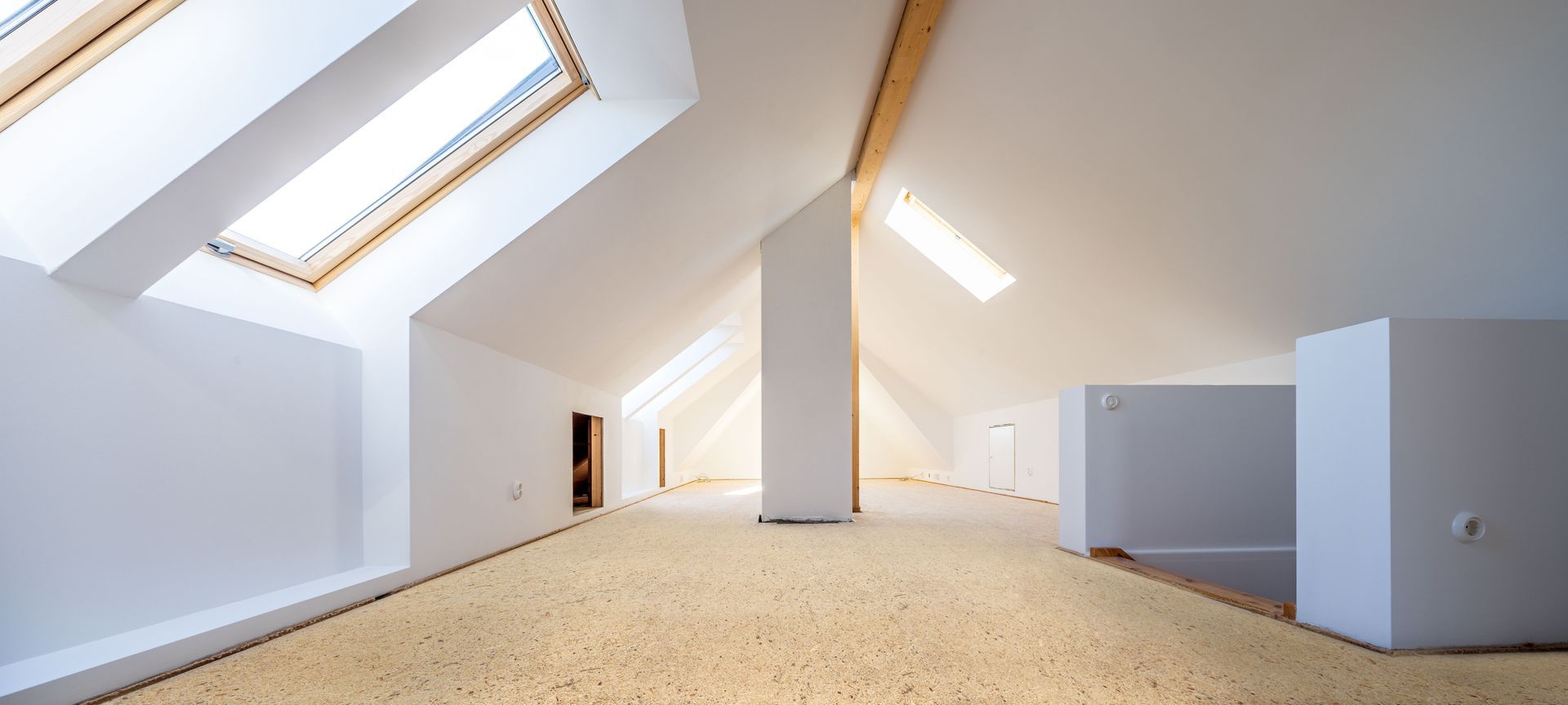It is a relatively well-known fact that trees absorb carbon through photosynthesis. The leaves pull carbon dioxide and water from the air and, using energy from the sun, convert both into chemical compounds, such as sugars, that feed the tree. In an undisturbed forest, trees eventually die of old age and decompose, releasing most of their stored carbon (bar the little that remains in leaf litter and topsoil) into the air. As a result, these trees have an almost neutral impact on the carbon in our atmosphere. Through sustainable forestry, however, a tree's ability to absorb and 'lock in' carbon is put to good use.
"At least as many new trees are grown as there are harvested in sustainable forests," says Sarah Szabo of Independent Wholesale Distribution (IWD). "When trees are harvested, their carbon is stored in the timber. As long as the timber product does not burn or rot, the carbon stays locked up. Those trees are then replaced by new, young trees, with the net effect of removing carbon from the atmosphere, which is good for the environment."
As a supplier of sustainable timber products, IWD is particularly interested in the efforts of sustainable forestry and sustainable business practices as a whole. "We wish to ensure that IWD contributes lasting benefits to society by considering social, ethical, environmental, and economic aspects in all that we do. This includes everything from providing a safe and healthy workplace and caring about our communities to looking at our carbon footprint and how we can align ourselves with global best practices," Szabo explains.
One of the ways IWD puts their sustainability commitments into practice is through its partnerships with the Forest Stewardship Council (FSC) and the Programme for the Endorsement of Forest Certification (PEFC). "As well as providing assurance of sustainable practices, forest certification empowers consumers and companies to choose sustainably sourced products, thereby allowing responsible forest owners to be rewarded. We select suppliers with the same commitment and values as IWD, wherever possible selecting FSC or PEFC certified products."
How does sustainable forestry work?
For a forest to be genuinely sustainable, its management must consider the economic, social, and ecological aspects of development in its decision-making. "These three aspects work best in combination," Szabo says. "If at least one of these factors is underestimated or overlooked, sustainable forestry implementation won't be complete."
The economic aspect of sustainable forestry aims to provide possibilities for employment, raise the population's income, improve trade relationships between countries, and attract investments, among others. Socially, sustainable forestry aims to improve the living standards of local communities, address unemployment through forestry-related jobs, provide safe working conditions, and ensure gender and race equity, labour rights, and other social securities.
Ecologically, sustainable forestry responds to and seeks to mitigate environmental concerns caused by deforestation. This includes improved air quality and biodiversity, prevention of soil erosion and flooding, and, of course, reducing the effects of climate change by trapping carbon in both timber and soil.
"Long term, one of the biggest advantages of sustainable timber is that it is a naturally renewable material. A tree can be grown to a suitable harvest size in 25 to 80 years, while the raw materials for bricks, steel and plastics are only renewed over geological time – i.e. finite in human terms," Szabo says.
How does timber compare to other building materials?
Next to other mainstream building materials like steel, concrete, or aluminium, sustainable timber has the lowest embodied carbon — that is, carbon produced by the processing, production and transport of the timber from tree to consumer use.
"This is mainly because timber requires minimal processing compared to other materials. As the embodied carbon in the average building accounts for 30 - 50% of its carbon footprint, this decrease in embodied carbon has the potential to make a huge impact," Szabo explains.
"Timber is a highly durable material. Some well-made wooden structures, like those found in Tudor buildings, last centuries. It's also easy and cheap to maintain compared to other materials, especially if you don't mind it changing colour over time."
Due to its excellent structural properties, Szabo says timber is suitable for buildings up to eight storeys high, with new innovations allowing timber to be used in high-rises, too.
How can you ensure your timber is sourced from sustainable forests?
Szabo says that many suppliers will tell you, in good faith, that their timber comes from 'sustainable' or 'managed' forests or plantations. Still, there is often no way to know for sure without credible certification. With FSC and PEFC certification, you can trust that these claims are valid.
If you would like to learn more about sustainable forestry or order sustainable timber for your next project, get in touch with IWD.
